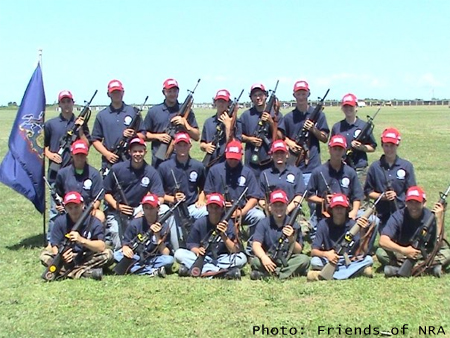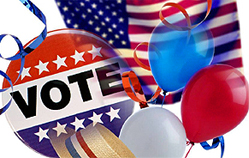After an email exchange with Dannytheman this morning, I was reminded of a method we used to answer questions about how big the pro-gun electorate in Bucks County was during the 2010 elections. We were asked by campaign advisors who weren’t the types to turn their back on gun owners if our numbers were small, but they would have liked to have the number quantified just so they could understand priority in doing outreach during campaign season.
The first form this question takes is usually how many NRA members are in a given district. Well, we don’t know that. Not even NRA knows exactly how many they reach in a given area. (I explain the reasons for this in a post on the same topic for PAGunRights.)
Nor is there a way to calculate exactly how many gun owners there are in a standard political district. A person whose entire collection of firearms was inherited 20 years ago may make voting in defense of their rights just as much a priority as someone who recently sought out training for the first time and is buying everything new. In addition, while all firearms in a household may actually belong to one person, the family may vote along the same principles.
However, we can use concealed carry license numbers as a rough guide. These are people who take gun ownership serious enough that they undergo additional background checks and pay extra fees. They take the time out of their busy lives to stop by the sheriff’s office and wait in line for their license. Even if they aren’t putting a gun on as part of their daily routine, they care enough to make an extra effort in defense of themselves and their rights. This is a reasonable substitute to give a rough idea of the number of voters interested in hearing about a candidate’s record on the Second Amendment.
In Bucks County, that number based on the latest available data is right around 27,000. That includes the nearly 1,000 sportsmen’s firearms permits issued. Even though that is a fairly small percentage of the entire county population, it’s still a very large interest group in one region.
So, if you’re looking for a way to articulate the approximate impact of people who will be interested in a candidate’s Second Amendment record, consider using the number of licenses and permits issued as a reasonable proxy. My guess is that it still underestimates the number of people who care about the issue because of the influence of family and friends on voters, but it’s a reasonable measure to consider when having these sorts of discussions with lawmakers and candidates.


